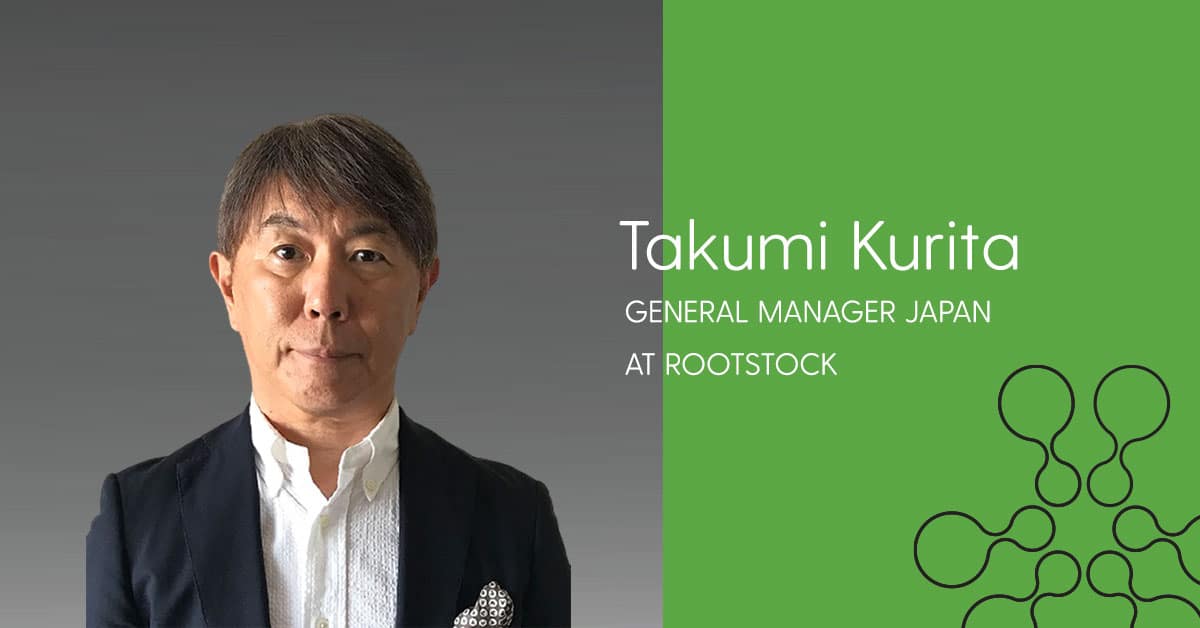
For example, information dissemination and reservation systems related to the COVID-19 pandemic have been created using a variety of platform environments such as AWS and related low-code development platforms. We have seen many local governments using low-code applications to create and modify programs and processes in a short period of time and then seen them quickly modified and updated as local guidance and conditions have changed. Although there are still approaches being used depending on specific regions, it seems that public institutions may be shifting from the traditional “take your time” approach to a more agile “let’s try it first” approach to development. Of course, this trend is probably driven by the urgent need to address the Coronavirus situation.
What Are the “Deliverables” To Be Obtained From DX?
I’d like to take a moment to reflect on my previous column series, “Prerequisites & Three Strategies for Manufacturers to Consider Before Moving Forward with DX.” In the first article, I started by explaining what the deliverables would be from the promotion of DX (Digital Transformation).
The first deliverable is a thorough improvement in operational efficiency. I’m not just talking about within the factory. We aim to improve the efficiency of the entire supply chain, including the customer and supplier communities.
The second deliverable is to build a competitive market advantage. This is not about improving product performance or quality, but rather about building a competitive advantage by collecting and analyzing in real time the position of your product in the relevant market and its market reputation.
Three Strategies To Achieve DX In Manufacturing
In the second article, I introduced three strategies that are necessary for building a DX foundation in the future. Let’s look back a bit with some recent information.
1 – Platform Strategy
In the previous article, I explained the distinction between PaaS (Platform as a Service), SaaS (Software as a Service), and IaaS (Infrastructure as a Service), but looking at the recent moves of the major platforms, these boundaries are becoming quite vague. In particular, the major IT platform providers are accelerating their efforts in the SaaS space.
It’s not just about increasing the number of products that they offer on their platform. It’s about building an ecosystem, which is a very important part of any platform strategy. “Ecosystem” refers to the concept of “building business systems by combining applications with systems on the same platform,” rather than “implementing systems provided by various companies individually and performing system integration,” as was conventionally provided by IT vendors. In recent years, we have seen several major platform providers implementing aggressive M&A strategies, such as the large-scale acquisition of Slack by Salesforce, and this can be seen as evidence of their increasing focus on ecosystem strategies.
2 – Strategy For Utilizing Cloud Applications
Many of the cloud applications provided in platform environments are currently based on a “subscription model.” The subscription model has already become the mainstream in the B2C application market, such as video distribution, music distribution, and games.
3 – 360-Degree Strategy
Most conventional mission-critical systems are designed to manage operations within the factory and to visualize the factory. However, in actual production activities, “connections” with external communities, such as customers, suppliers, and subcontractors, are essential. Sharing digital data with the external community will lead to higher customer satisfaction and improved accuracy of the entire supply chain.
Value That Can Be Realized Through Manufacturing DX
In this series of articles, we will focus on what you can do once you have built a good DX infrastructure in your company and concentrate on three themes that are not too difficult to implement and that can be expected to be effective. They are:
Theme 1 – Mobility
Mobility is generally used as a term for the movement of vehicles and people, but here it refers to the mobility of system operations. The major advantage of a DX infrastructure built on a platform is that it enables system operations to be “connected from anywhere at any time” regardless of whether it is in Japan or overseas, inside or outside the company, etc.
Theme 2 – Business Visualization
By using the core system built on the DX platform, various data elements related to production activities can be centrally managed. By centrally managing customer information, negotiation information, order information, purchase information, manufacturing information, shipping information, cost information, financial accounting information, etc., in real time, which used to exist individually were a bottleneck for data integration in conventional systems. It is now possible to analyze the data from various angles, which greatly contributes to the improvement of business visualization.
Theme 3 – Responding To The Business Environment
The business environment is constantly changing. And the speed of change is getting faster all the time. In this environment, in order to further improve market dominance, customer satisfaction, and operational efficiency, it is essential to have a business system that can adapt to changes in the environment and change itself. A DX platform can provide an “evolving system” that differs from conventional systems.
In my next column, I will start with (1) specific applications of mobility (+ mobile).
I hope you enjoy it.
Meet the Author
Takumi Kurita
Director of Rootstock Japan K.K.
https://www.linkedin.com/in/takumi-kurita-8060a331/






